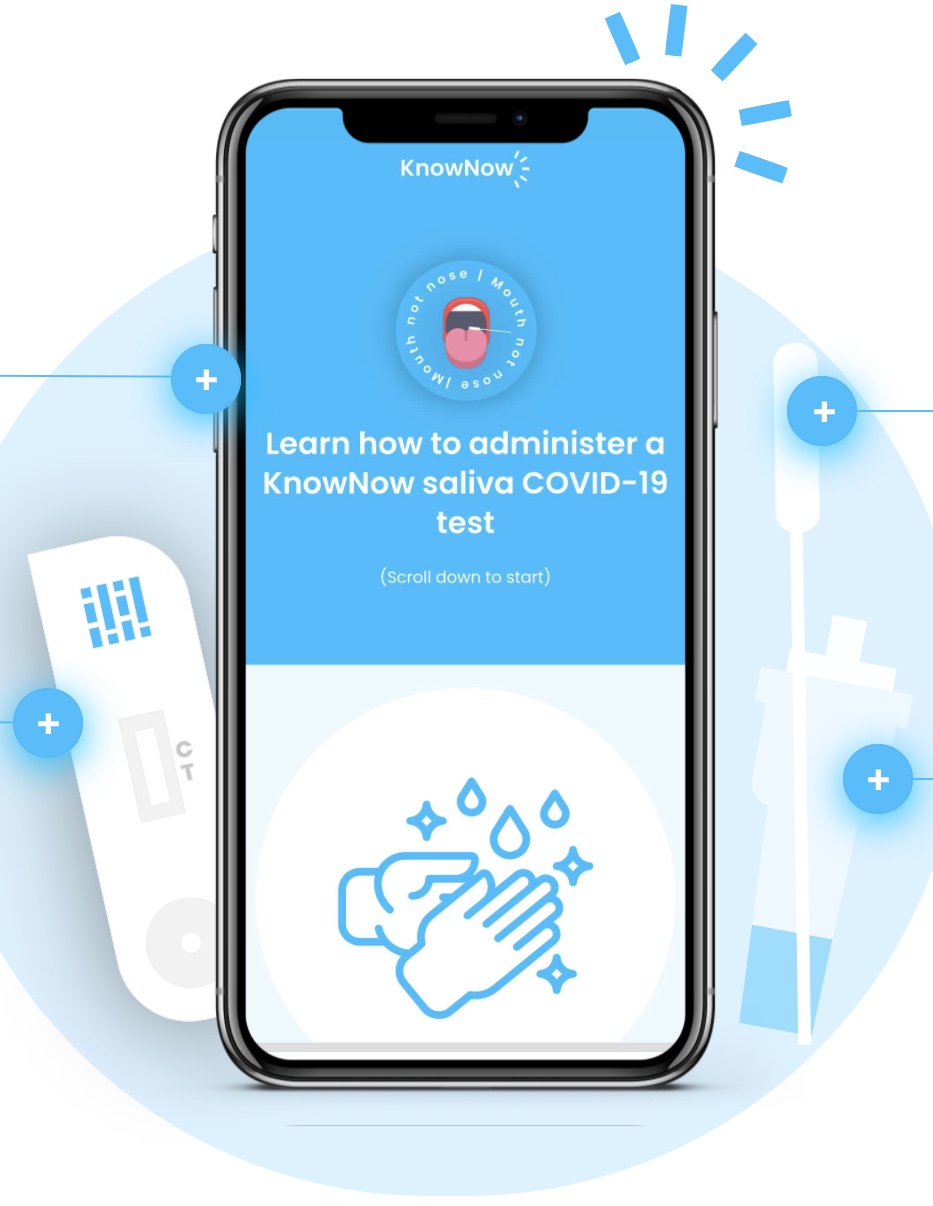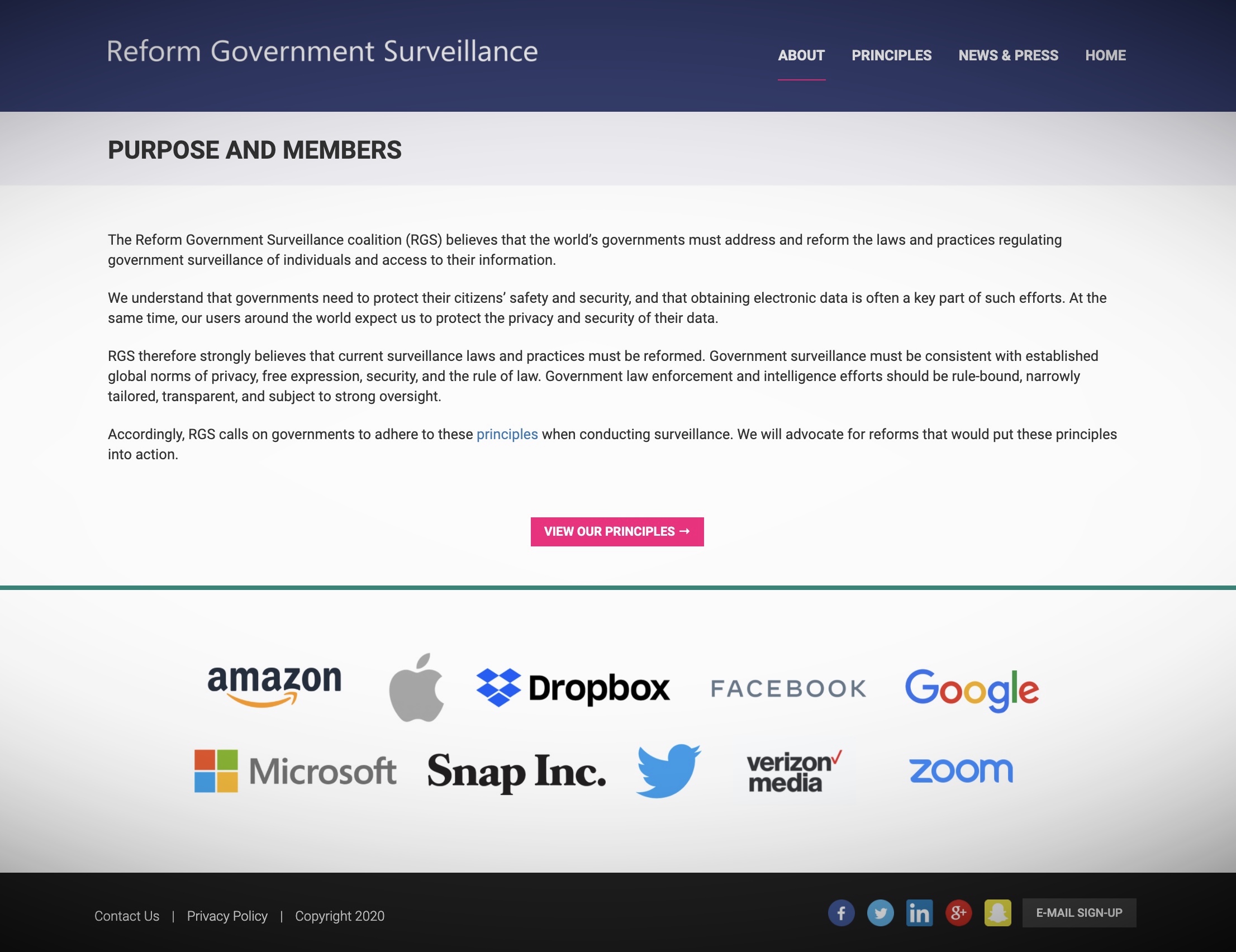Last year, during the pandemic, a free browser extension called Netflix Party gained traction because it enabled people trapped in their homes to connect with far-flung friends and family by watching the same Netflix TV shows and movies simultaneously. It also enabled them to dish about the action in a side bar chat.
Yet that company — later renamed Teleparty — was just the beginning, argue two young companies that have raised seed funding. One, a year-old upstart in London that launched in December, just closed its round this week led by Craft Ventures. The other, a four-year-old, Bay Area-based startup, has raised $3 million in previously undisclosed seed funding, including from 500 Startups.
Both believe that while investors have thrown money at virtual events and edtech companies, there is an even bigger opportunity in developing a kind of multiplayer browsing experience that enables people to do much more together online. From watching sports to watching movies to perhaps even reviewing X-rays with one’s doctor some day, both say more web surfing together is inevitable, particularly for younger users.
The companies are taking somewhat different approaches. The startup on which Craft just made a bet, leading its $2.2 million seed round, is Giggl, a year-old, London-based startup that invites users of its web app to tap into virtual sessions. It calls these “portals” to which they can invite friends to browse content together, as well as text chat and call in. The portals can be private rooms or switched to “public” so that anyone can join.
Giggl was founded by four teenagers who grew up together, including its 19-year-old chief product officer, Tony Zog. It only recently graduated from the LAUNCH accelerator program. Still, it already has enough users — roughly 20,000 of whom use the service on an active monthly basis — that it’s beginning to build its own custom server infrastructure to minimize downtime and reduce its costs.
The bigger idea is to build a platform for all kinds of scenarios and to charge for these accordingly. For example, while people can chat for free while web surfing or watching events together like Apple Worldwide Developers Conference, Giggl plans to charge for more premium features, as well as to sell subscriptions to enterprises that are looking for more ways to collaborate. (You can check out a demo of Giggl’s current service below.)
Hearo.live is the other “multiplayer” startup — the one backed by 500 Startups, along with numerous angel investors. The company is the brainchild of Ned Lerner, who previously spent 13 years as a director of engineering with Sony Worldwide Studios and a short time before that as the CTO of an Electronic Arts division.
Hearo has a more narrow strategy in that users can’t browse absolutely anything together as with Giggl. Instead, Hearo enables users to access upwards of 35 broadcast services in the U.S. (from NBC Sports to YouTube to Disney+), and it relies on data synchronization to ensure that every user sees the same original video quality.
Hearo has also focused a lot of its efforts on sound, aiming to ensure that when multiple streams of audio are being created at the same time — say users are watching the basketball playoffs together and also commenting — not everyone involved is confronted with a noisy feedback loop.
Indeed, Lerner says, through echo cancellation and other “special audio tricks” that Hearo’s small team has developed, users can enjoy the experience without “noise and other stuff messing up the experience.” (“Pretty much we can do everything Clubhouse can do,” says Lerner. “We’re just doing it as you’re watching something else because I honestly didn’t think people just sitting around talking would be a big thing.”)
Like Giggl, Hearo Lerner envisions a subscription model; it also anticipates an eventual ad revenue split with sports broadcasters and says it’s already working with the European Broadcasting Union on that front. Like Giggl, Hearo’s users numbers are conservative by most standards, with 300,000 downloads to date of its app for iOS, Android, Windows, and macOS, and 60,000 actively monthly users.
It begs the question of whether “watching together online” is a huge opportunity, and the answer doesn’t yet seem clear, even if Hearo and Giggl have more compelling tech and viable paths to generating revenue.
The startups aren’t the first to focus on watch-together type experiences. Scener, an app founded by serial entrepreneur Richard Wolpert, says it has 2 million active registered users and “the best, most active relationship with all the studios.” But it markets itself a virtual movie theater, which is a slightly different use case.
Rabbit, a company founded in 2013, enabled people to more widely browse and watch the same content simultaneously, as well as to text and video chat. It’s closer to what Giggl is building. But Rabbit eventually ran aground.
Lerner says that’s because the company was screen-sharing other people’s copyrighted material and so couldn’t charge for its service. (“Essentially,” he notes, “you can get away with some amount of piracy if it’s not for your personal financial benefit.”) But it’s probably fair to wonder if there will ever be massive demand for services like his, particularly as the coronavirus fades into the distance and people reengage more actively in the physical world.
For his part, Lerner isn’t worried. He points to a generation that is far more comfortable watching video on a phone than elsewhere. He also notes that screen time has become “an isolating thing,” and predicts it will eventually become “an ideal time to hang out with your buddies,” akin to watching a game on the couch together.
There is a precedent, in his mind. “Over the last 20 years, games went from single player to multiplayer to voice chats showing up in games so people can actually hang out,” he says. “Because mobile is everywhere and social is fun, we think the same is going to happen to the rest of the media business.”
Zog thinks the trends play in Giggl’s favor, too. “It’s obvious that people are going to meet up more often” as the pandemic winds down, he says. But all that real-world socializing “isn’t really going to be a substitute” for the kind of online socializing that’s already happening in so many corners of the internet.
Besides, he adds Giggl wants to “make it so that being together online is just as good as being together in real life. That’s the end goal here.”
Source: Tech Crunch


















